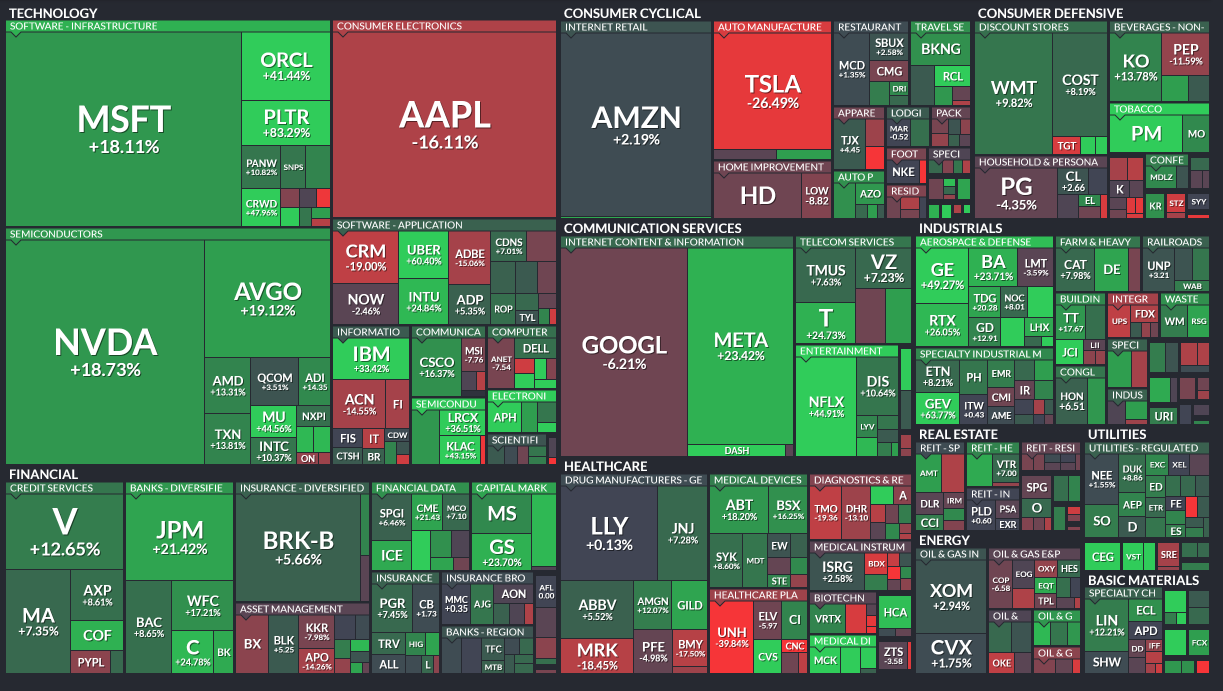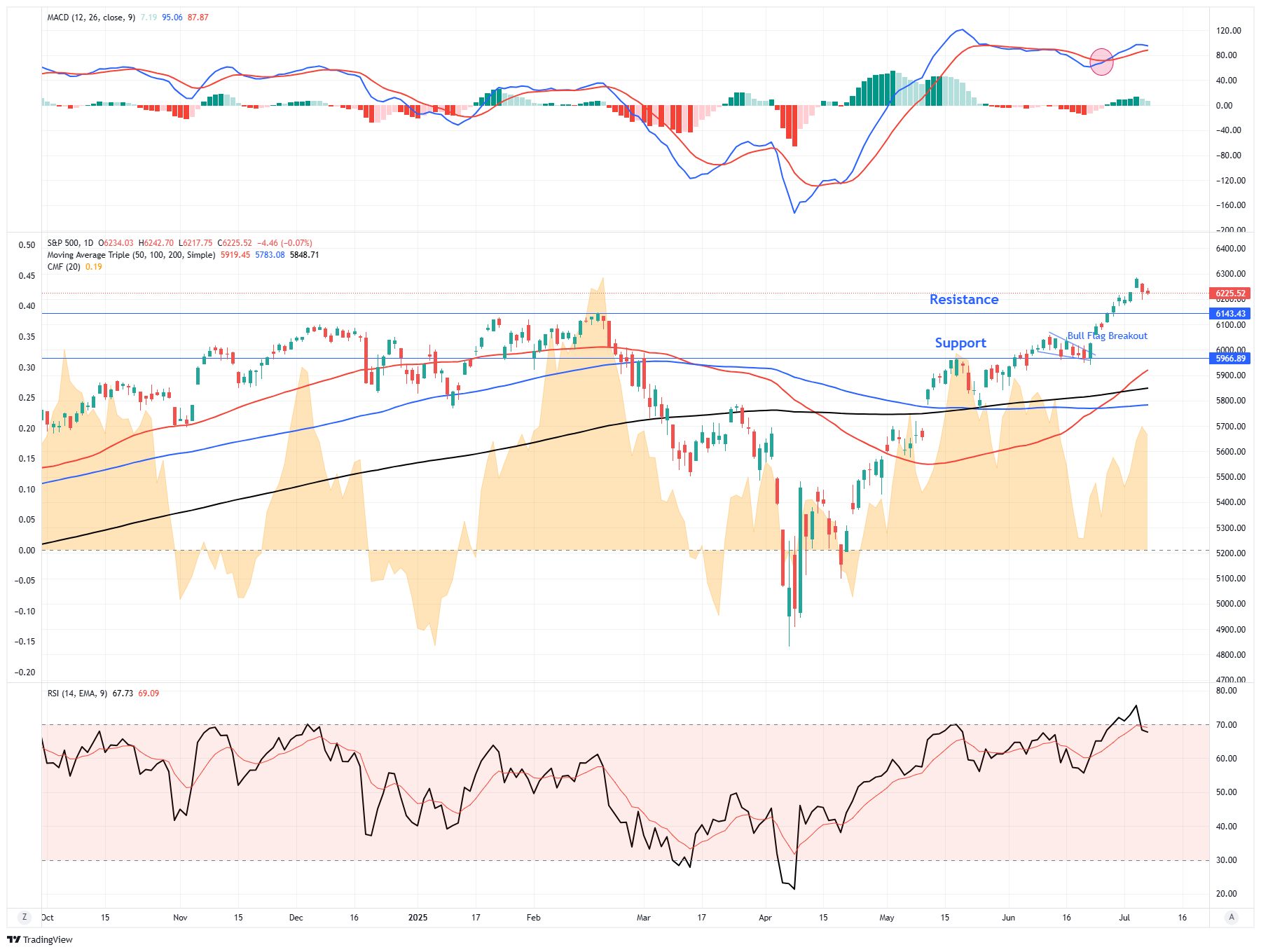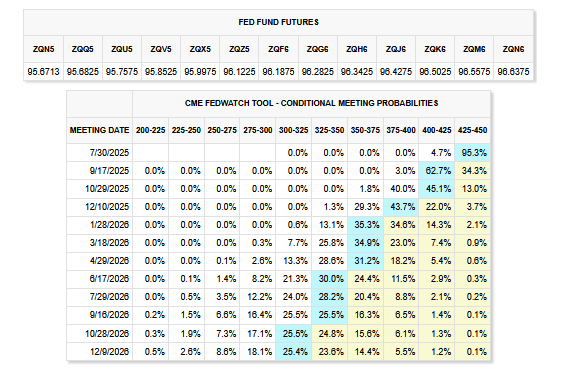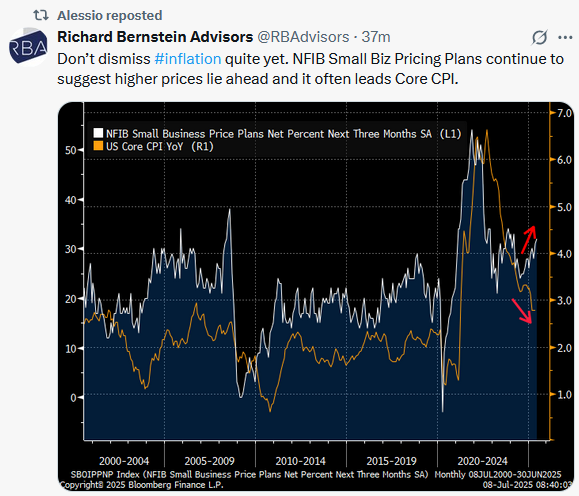Apple (NASDAQ:) shares are languishing this year. As we share below, the stock is down over 16% year-to-date and significantly lags all of the Magnificent Seven stocks except Tesla (NASDAQ:). While weak revenue growth and relatively few new products are culprits, it’s also worth noting that Apple is considerably behind in AI development.
Some Apple employees, as we share below, courtesy of a Bloomberg article, think their AI development is in a “crisis.”
“This is a crisis,” says a senior member of Apple’s AI team. A different team member compares the effort to a foundering ship: “It’s been sinking for a long time.” According to internal data described to Bloomberg Businessweek, the company’s technology remains years behind the competition’s.
The Bloomberg article describes the crisis driven by missteps in keeping up with its competitors. Here are a few takeaways from the article:
- Apple’s failure to keep pace in generative AI risks is undermining the iPhone’s market dominance. Furthermore, it could hinder the development of future products, such as robots and augmented reality devices.
- Siri is quickly losing its advantages versus its competitors as it isn’t keeping up in the AI race.
- Apple’s AI setbacks stem from internal issues, including organizational silos, resource constraints, and a cautious approach to data privacy that limits innovation. Moreover, 2018 hiring of Google’s AI chief, John Giannandrea, is not yielding the benefits they had hoped for.
- The massive AI investments from competitors like Meta (NASDAQ:), Google (NASDAQ:), and Amazon (NASDAQ:) exacerbate the Apple AI crisis.

What To Watch Today
Earnings
- No notable earnings releases.
Economy

Market Trading Update
As , the market is still struggling with overbought conditions and was weak again yesterday. The closed slightly lower by 0.1%, snapping a brief winning streak as tariff-related jitters resurfaced. President Trump extended the implementation of reciprocal tariffs from July to August 1 but simultaneously warned 14 countries—including Japan, South Korea, and members of the BRICS bloc—that steep duties would be imposed unless new trade deals were reached.
These developments injected renewed volatility into markets, driving a surge in prices—up nearly 13% in one session, the largest gain since 1968—as traders positioned around potential supply shocks and global industrial disruption. Treasury yields edged up to 4.42% and the firmed, reflecting a cautious, risk-off tone in global capital flows.
Despite trade friction, US equities displayed resilience. The hovered near record highs, supported by strength in tech and online retail. Amazon launched a four-day “Prime Day” shopping event expected to generate over $23 billion in e-commerce sales, while Meta made headlines by hiring a prominent Apple AI executive. Sector-wise, technology and communication services outperformed, while industrials and materials lagged due to tariff sensitivity.
Analysts from Goldman Sachs and Bank of America raised their year-end S&P 500 targets to 6,600 and 6,300, respectively, signaling continued optimism in equity valuations despite the overhang of summer volatility. Meanwhile, Deutsche Bank issued a cautionary note about the potential for seasonal market corrections driven by macro dislocations, including trade and yield shifts.
From a technical standpoint, the S&P 500 remains firmly bullish but increasingly overextended. A “Golden Cross” pattern has formed, with the 50-day moving average crossing above the 200-day, reinforcing upward momentum. The index also closed above its upper Bollinger Band for the eighth consecutive session—a rare event that underscores strong trend strength but also suggests elevated short-term exhaustion.
Momentum indicators, including RSI, point toward overbought conditions, making the market vulnerable to a modest 1–2% pullback. Current support is seen around the 6,180 level, previous resistance from earlier this year, while the next upside target lies near 6,350. Traders are now closely watching upcoming Fed meeting minutes, consumer credit data, and the start of Q2 earnings season for further direction.
Despite short-term caution, dip-buying remains a favored strategy among institutional investors, given the prevailing bullish structure and strong breadth in leadership names.
Is The Market Betting On A Dove To Replace Powell?
Yesterday’s discussed the possibility that Scott Bessent could be nominated to the Fed Chair when Powell’s term ends in May. Moreover, he could simultaneously be the Fed Chair and retain his seat at the Treasury. Given Trump’s consistent pestering of Powell to lower rates, the market assumes that Bessent, or whoever Powell’s replacement might be, will be much more dovish than the current Chair.
Interestingly, while the market anticipates a dove, its trading actions are not as definitive on a quick decline of Fed Funds after Powell’s term ends in May. The table below, courtesy of the CME, shows the probabilities of at each between the coming July meeting and the one in December 2026.
While the odds of a 25bps rate increase between April and June, the market’s implied odds for further rate cuts are minimal. This will be a good table to periodically review as Powell’s term nears its ending.
Tweet of the Day

